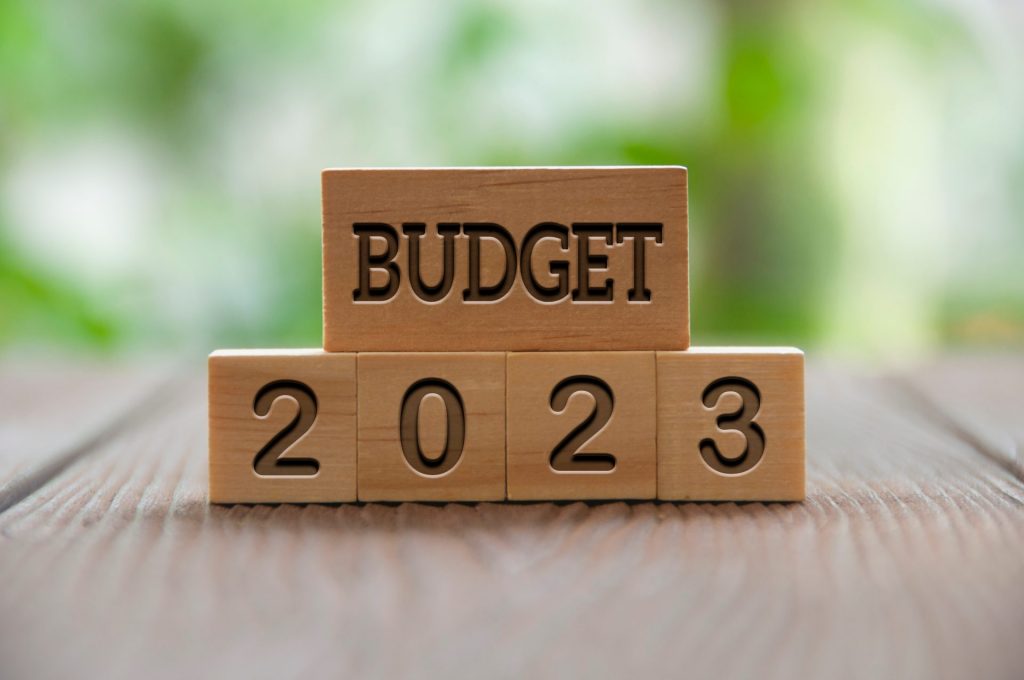Union Budget 2023-24 Key Inferences

The much-anticipated event of the month has finally arrived: FM Nirmala Sitharaman has finally released the Union Budget for 2023-24. And the annual Budget has been nothing less than respite, given the nation’s economy is growing amid geopolitical uncertainty, price inflation, increased interest rates and slow development. Ahead of the 2024 elections, the Indian government has introduced impressive measures on 1 February 2023 that cater to individual taxpayers and businesses.
One of the most welcome moves has been increasing the rebate limit to INR 7 lakh in the new tax regime from the previous INR 5 lakh. This implies up to INR 7 lakh of personal income has been exempted from taxation. Additionally, the increased tax deduction limit is a blessing to middle-class people and new taxpayers. This is how the new tax rates look: No tax will be charged for income up to Rs 3 lakh. 5% tax will be levied for income Rs 3-6 lakh, 10% for income Rs. 6-9 lakh, 15% will be charged for income Rs. 9-12 lakh, and 20% for income Rs. 12-15 lakh. The government will charge the highest tax rate of 30% on income above Rs 15 lakh.
Interestingly, the government has introduced provisions to senior citizens and women, i.e. the savings limit for elderly people has been raised to Rs 30 lakh and 7.5% interest to be provided on two-year savings of Rs 2 lakh for women. As a result, we can expect a rise in savings and living standards among all taxpayers, particularly salaried people who play an essential role in supporting the country’s economic growth. More disposable income can also increase the demand for credit, whether personal loans or credit cards, along with spending.
Additional Reading: 5 Easy Steps to Become a Loan DSA with Andromeda Loans
In continuation with the previous budget, the central government has introduced initiatives to enable “Ease of Doing Business” and promote “Make in India” projects, thereby making India “Aatma-nirbhar” and an attractive investment market across the globe. The allocation of INR 9,000 Cr for MSMEs shows how aligned the government is in boosting the country’s economy. More so, with the focus on tourism, 5G research, AI infrastructure and urban development, Micro, Small and Medium Enterprises can see an uptick in the demand for their products or services related to these fields. This can see a rise in demand for various business loans to support working capital or growth requirements.
The government has also raised the allocation to the Pradhan Mantri Awaas Yojana to Rs 79,000 crore for the next fiscal. With this, more than 55% of the estimated gap in funding for projects under this scheme has been covered. This should streamline the construction of urban and rural houses going forward. The Indian real estate sector has shown steady growth post covid and will return to pre-covid levels slowly. Under the new regime, we can expect a boost in demand for affordable housing segments across the country.








